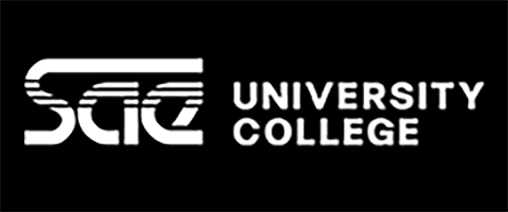Date of Submission
12-2022
Type of Work
Exegesis and Creative Work
Principal Supervisor
Dr. Toby Wren
Keywords
Distortion; heavy metal; metal music; heaviness; electric guitar; composition; creative practice research; practice-based research; reflective practice. Timothy
Audience
General (G) - suitable for everyone
Abstract
This exegesis presents the findings of a practice-based research inquiry into the compositional role of electric guitar distortion in heavy metal music. Practice-based research places the practitioner-observer in a position to engage with knowledge and scope the ontological framework within my methods of practice. In response to the research question, I have produced ten original heavy metal compositions which provide evidence of a connection between distortion method and composition influence such as genre classification and instrument playability. The narrow scope of investigation facilitates observation of this composition-distortion relationship which is supported by audio visualisation tools and contributes to research in heavy metal music. This project uncovers experiential data in the creative practice and intentionally engages with reflection methods to facilitate knowledge pursuit. This exegesis finds similarities between distortion methods and discusses how the perception of distortion encourages creative experimentation whilst articulating the discovery of unique physical and digital distortion production method artefacts.
Recommended Citation
Hacquoil, T. (2022). In The Driver’s Seat: A Practice-based Inquiry into the Compositional Role of Electric Guitar Distortion in Heavy Metal Music [Masters dissertation, SAE University College]. Creo.

